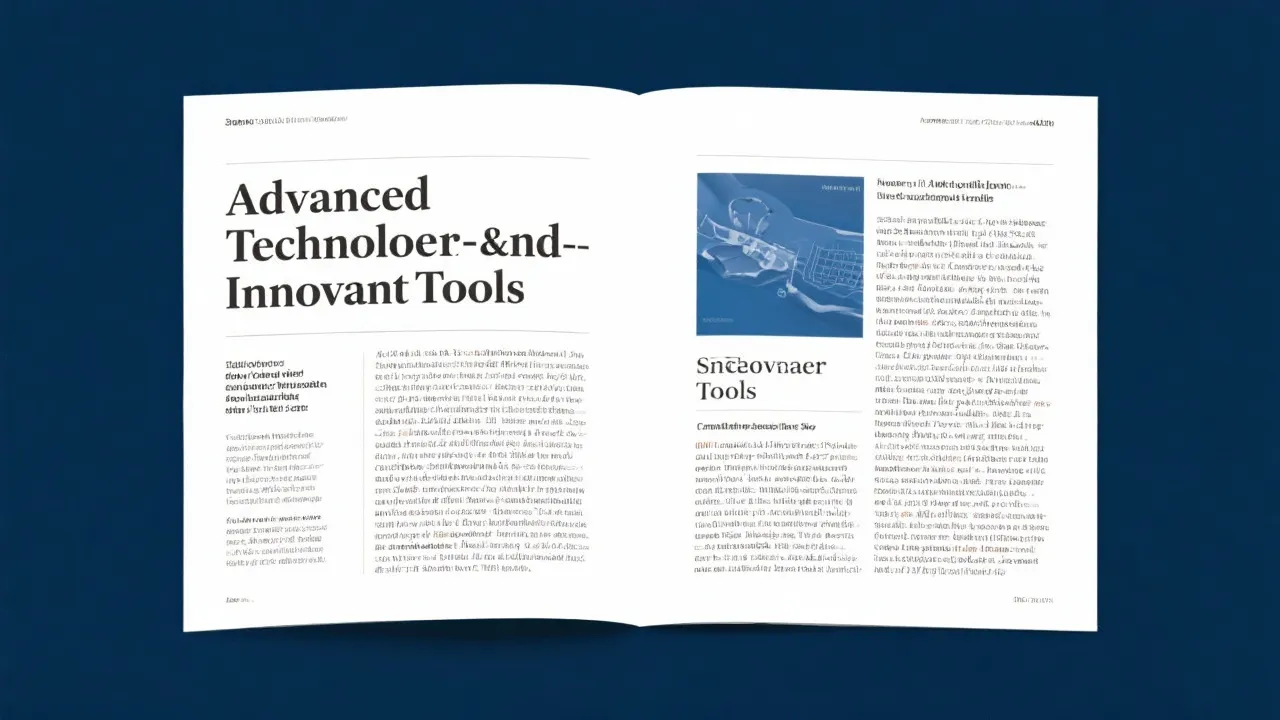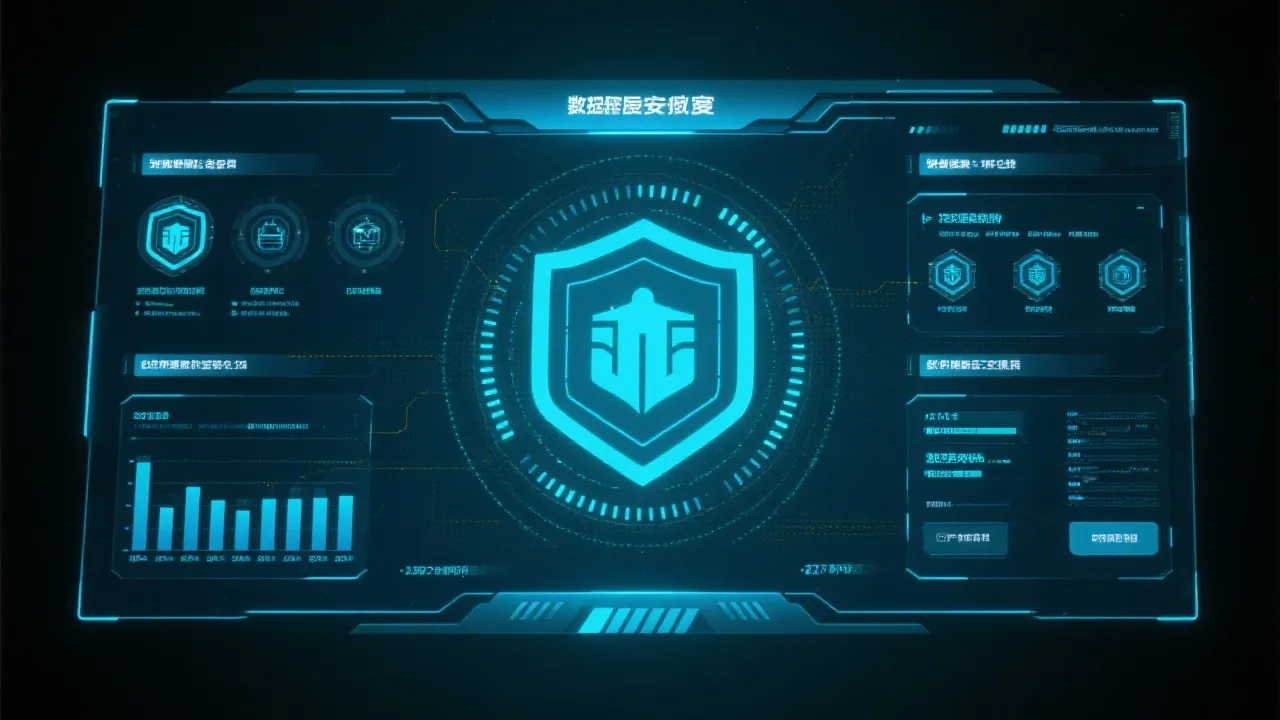Unveiling Complex Code Interactions
This article explores the interplay of cutting-edge technologies like GHpV, hSsi, BaenB, xZJt, XZn, and hoDPPPf, often used in complex systems within various industries. Understanding these technologies is vital for industry professionals to stay competitive and innovative. This guide delves into their application, significance, and influence on current technological landscapes.

Understanding Key Technologies and Their Impact
The rapid evolution of technology necessitates a deeper understanding of specific components driving change. Among these, the enigmatic terminologies like GHpV, hSsi, BaenB, xZJt, XZn, and hoDPPPf hold significant roles in shaping the tech landscape. Understanding these technologies is crucial as they pave the way for innovations that can transform industries by enhancing efficiency, security, and user experience. This article aims to demystify these terms and explore their applications across various sectors while highlighting the potential they offer for facilitating advancements in technology.
Technological Interactions: A Deep Dive
The synergy between different technologies facilitates the seamless functioning of intricate systems. For instance, the integration of GHpV and hSsi might enhance data processing capabilities, improving efficiency in data-heavy industries. GHpV, or General High-performance Variable processing, simplifies complex data manipulations, allowing organizations to manage vast amounts of information swiftly. This efficiency is critical when organizations need real-time data analysis for decision-making.
Furthermore, in an era where information is an organization's lifeblood, technologies like hSsi, or High-Scalability Servers Infrastructure, enable businesses to scale their server needs according to fluctuating demand. This scalability is particularly valuable for online businesses experiencing seasonal traffic variability, ensuring they maintain optimum performance levels without incurring unnecessary costs. Together, these technologies create an ecosystem where data can flow freely and be utilized efficiently.
BaenB, often utilized in security infrastructure, provides robust solutions for safeguarding sensitive information, a critical requirement in today's digital age. As cyber threats continue to evolve and become more sophisticated, BaenB’s encryption technology plays a pivotal role in protecting organizations from potential breaches. With data breaches leading to significant financial losses and reputational damage, investing in tools that enhance data security is no longer an option but a necessity.
Applications and Innovations
BaenB is not just about traditional encryption capabilities; it often partners with technologies like xZJt (Cross-zone Join Technology) for advanced cybersecurity solutions. These interactions not only strengthen security frameworks but also pave the way for innovations in data protection methodologies. For example, xZJt facilitates secure data sharing across different network zones, reducing the risk of data exposure while maintaining accessibility for authorized users. This is particularly important for organizations working in regulated industries like finance or healthcare, where data integrity and security are paramount.
Similarly, XZn stands for eXtensible Zen network, which finds its place in developing ergonomic interfaces, ensuring user-friendly experiences across platforms. Whether in mobile applications, web portals, or enterprise software, XZn plays a critical role in creating interfaces that are not only visually appealing but also intuitive. For instance, platforms that utilize XZn can analyze user behavior to create adaptive experiences, making it easier for users to navigate and utilize services offered.
The impact of such technologies does not stop at mere operational efficiency. Ultimately, the collaboration of these systems drives innovation, leading to a new generation of products that are faster, more secure, and significantly enhance user experiences. This innovation cycle is crucial for maintaining competitive advantages in saturated markets.
Comparative Technology Integration
| Technology | Primary Application | Impact |
|---|---|---|
| GHpV | Data Processing | Enhanced computational efficiency |
| hSsi | Cloud Integration | Improved scalability |
| BaenB | Cybersecurity | Strengthened security framework |
| xZJt | Information Protection | Innovative encryption solutions |
| XZn | UI/UX Design | Enhanced user interactions |
| hoDPPPf | Legacy System Integration | Smooth legacy-modern system transitions |
Legacy System Integration with hoDPPPf
hoDPPPf, which stands for High-optimizing Document Processing Platform for Future, is a vital technology that addresses the challenges associated with legacy systems. Many organizations still rely on older systems that can create bottlenecks when integrating with newer technologies. hoDPPPf acts as a bridge, ensuring that these older systems can function cohesively with modern applications. This integration not only preserves the investment made in legacy systems but also allows organizations to leverage contemporary features and improvements.
For example, consider a manufacturing company still using outdated inventory management software. Integrating hoDPPPf can facilitate real-time data access and analytics, allowing for better inventory management and forecasting. This integration means that even without replacing software, companies can enhance their operational efficiency without the disruption often associated with complete system overhauls.
The transition from legacy systems to modern platforms often distresses organizations due to the fears of data loss and downtime. However, hoDPPPf provides a structured approach, minimizing risks and ensuring that organizations can continue to operate smoothly while reaping the benefits of advanced technologies.
Innovative Technologies on the Horizon
As we look to the future, it is evident that technologies like GHpV, hSsi, BaenB, xZJt, XZn, and hoDPPPf will continue to evolve, driving further innovations. Emerging trends such as artificial intelligence (AI) and machine learning (ML) are anticipated to enhance these technologies even further. For instance, AI algorithms can optimize data processing tasks carried out by GHpV, making it even faster and potentially more accurate.
Moreover, machine learning could play a significant role in enhancing cybersecurity measures implemented by BaenB. By analyzing patterns and identifying anomalies in real-time, AI-powered systems can react to threats faster than human operators, ensuring that sensitive data remains secure.
The integration of AI and machine learning with current technologies represents an exciting frontier. Not only is it crucial to maintain security and efficiency, but AI will also assist in predicting user needs and creating personalized user experiences, fundamentally transforming how UI/UX designs are approached with XZn technology.
The perpetuation of innovation also entails discovery and research initiatives that delve into optimizing existing technologies while developing entirely new solutions catered to evolving organizational needs. Consequently, organizations that prioritize technological advancement invariably position themselves for success.
FAQs on Advanced Technologies
Q: What is the primary advantage of implementing GHpV in data systems?
A: GHpV enhances computational efficiency, making data processes faster and more effective, crucial in data-intensive sectors. By speeding up processing times, businesses can quickly analyze large datasets, leading to timely decision-making that can improve operational productivity and responsiveness to market changes.
Q: How does BaenB improve cybersecurity measures?
A: BaenB provides state-of-the-art encryption, fortifying data against potential breaches and unauthorized access. Its robust protocols ensure that even if some data is intercepted, it remains unreadable without the proper decryption keys, significantly reducing the likelihood of successful cyberattacks.
Q: Why is the integration of technologies like hSsi and XZn essential?
A: Their integration facilitates seamless scalability and improved user interface design, creating robust and user-centric applications. By ensuring that backend servers can dynamically adjust to user demand (with hSsi) while also providing a friendly interface (with XZn), organizations can enhance user satisfaction and operational resilience.
The Future of Technology Integration
The intricate interplay of technologies like GHpV, hSsi, BaenB, xZJt, XZn, and hoDPPPf underscores the necessity for continuous innovation and adaptation. These technologies do not merely enhance operational capabilities but also inspire new possibilities in creating secure, efficient, and user-friendly systems. Understanding their roles is crucial for entities aiming to maintain a competitive edge in the ever-evolving tech arena.
As technology marches onward, the ability to adapt and integrate such evolving systems will dictate which organizations thrive and which fall by the wayside. Staying abreast of technological advancements not only involves keeping track of current innovations but also requires a proactive approach to anticipate how emerging technologies can be harnessed for strategic advantage.
In conclusion, embracing these new paradigms in technology presents both opportunities and challenges. Organizations need to invest in both the technology and training programs that can enable employees to utilize these tools effectively. In doing so, they will create a culture of innovation and adaptability that fosters growth and success amid rapid technological change. Companies that can foresee these transitions in technology and adapt accordingly will undoubtedly hold a strong position in the marketplace.










